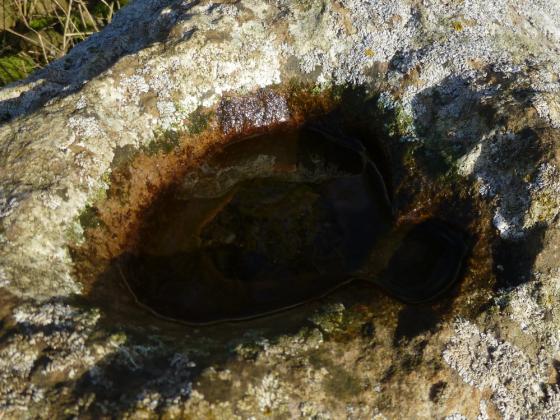Details of site on Pastscape
Neolithic chambered long barrow first investigated by Stukeley in 1723. Listed by Grinsell as Preshute 10c. By the time of Ordnance Survey field investigation in 1975, only a large amorphous ground swelling existed. An elongated patch of chalk was observed during recent RCHME aerial survey.
SU 12907290) Long Barrow (NR)(site of)(NAT). (1)
The “Old Chapel” long barrow, length 100’; width 27’. Aligned NW-SE, large end first(2).Daniel quotes Stukeley(b)who examined it in 1723. The barrow, at the NW side of a large enclosure (SU 17 SW 94), had stone works at each end and was surrounded by stones. The burial chamber appears to have been at the NW, being a semi-ellipse of five stones, a stonehenge cell in miniature although in ruins, the stones being generally about 10’ long. Daniel states that it seems likely that the barrow was once chambered. When O G S Crawford(4) visited it in 1921 he was able to recognise only a low mound, almost completely ploughed out.
Hoare(a) records that only one stone and slight traces of the barrow remained. (2-4)
A large amorphous ground swelling in arable land, indicates the site. No sarsens noted in the vicinity. Published 25” siting correct.(5) This area was mapped at 1:10,000 from APs by the Fyfield Down and Overton Down Mapping Project. The barrow was not recorded by the AP survey. (6)
Re-examination of the air photographs for the Avebury World Heritage Site Project identified an elongated patch of chalk at this location, which is presumed to represent the badly eroded long barrow mound. (7)





















































































































































